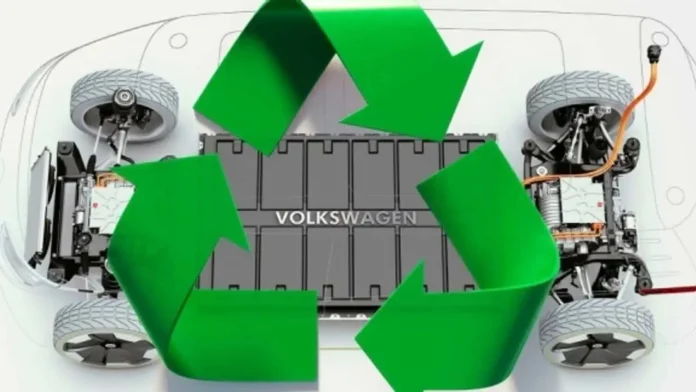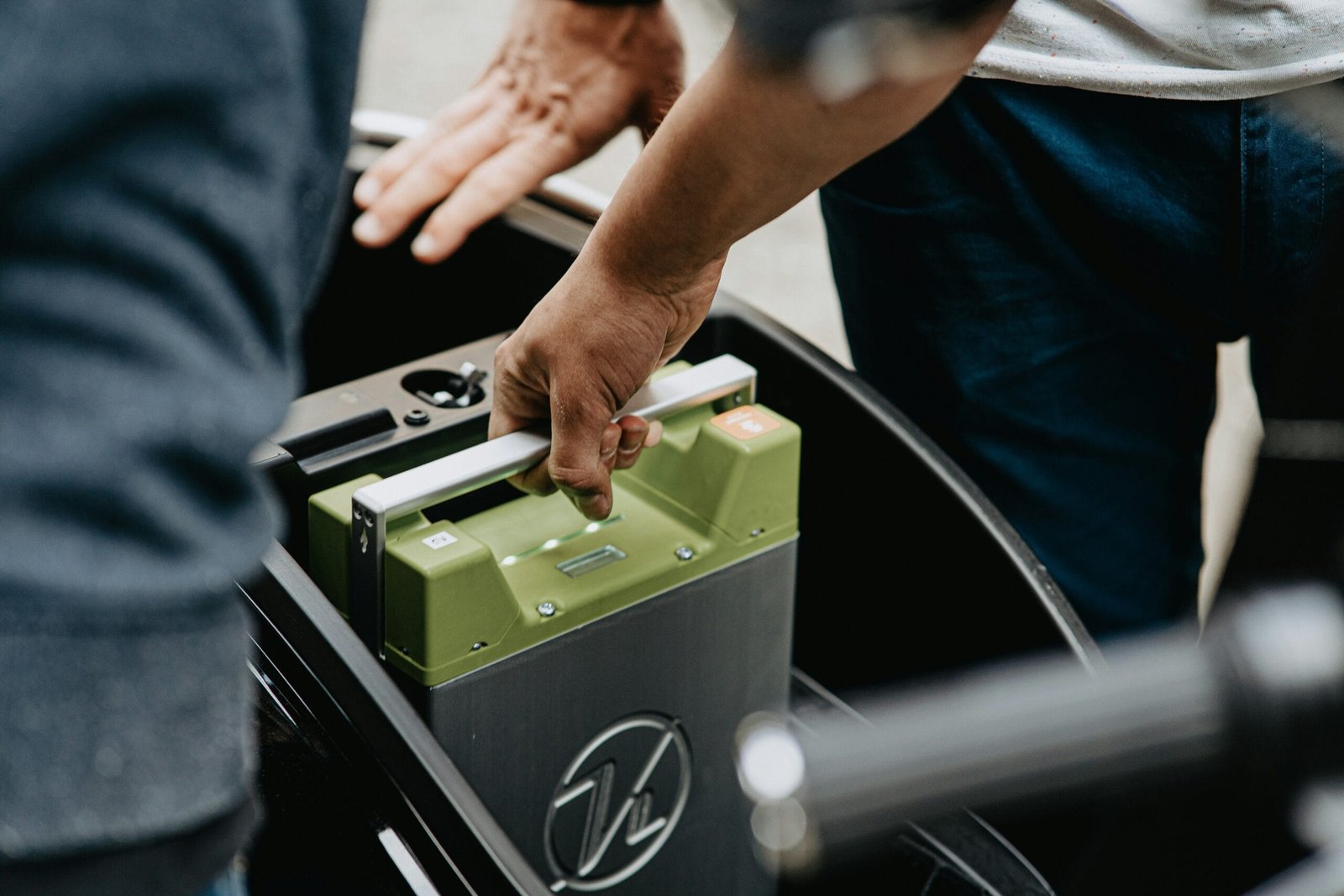The Rise and Fall of the Hot Hatch
In the automotive world, the hot hatch has always held a special place in the hearts of enthusiasts. Combining practicality with exhilarating performance, these vehicles have been a staple in the industry for decades. However, as consumer preferences shift towards SUVs and electric vehicles, hot hatches are facing an uncertain future. The recent announcement about the scrapping of the Mercedes-AMG A45, long regarded as the most powerful hot hatch, underscores this troubling trend.

The Impact of Market Trends
Markus Schäfer, Mercedes’ chief technology officer, has confirmed that the company is not planning a replacement for the A-Class. The reasons behind this decision are multifaceted, primarily driven by profitability and market demand. Hot hatches, while beloved, are not selling in the same quantities as their SUV counterparts, making them less attractive to manufacturers. This trend has already led to the demise of models like the Ford Fiesta ST and the Hyundai i30N.
What Lies Ahead for Hot Hatches?
The question now arises: where will the giant ‘evil hot hatch death ray’ strike next? With the A45 departing, enthusiasts are left wondering if any contender can rival its legacy. Other hot hatch models, such as the Renault Clio and the Audi S1, have already faced the ax, leaving a void in the market. As we bid farewell to the A45, we must also prepare for the reality that the era of high-performance hot hatches may be coming to an end.



